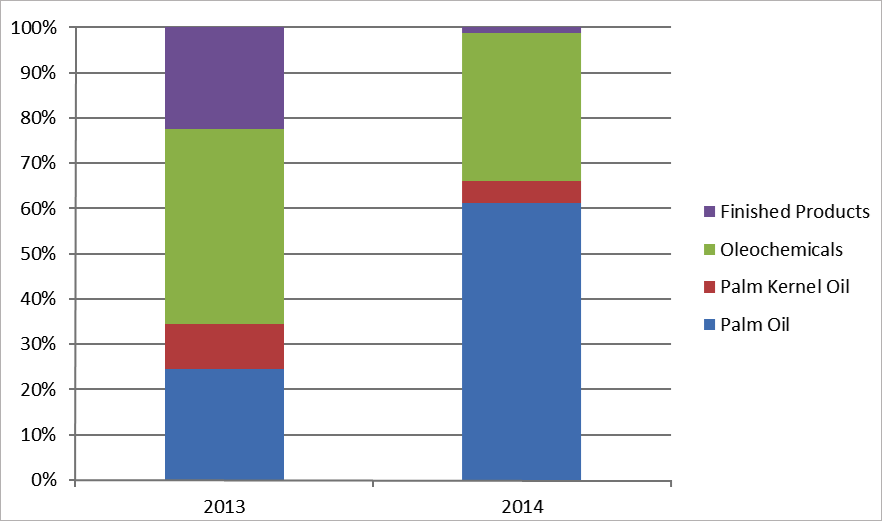Cyprus: A Divided Island
The island of Cyprus is located in the eastern Mediterranean Sea just 50km south of the coastline of Turkey and 95km west of Syria.
The former British colony gained independence in 1960. Shortly afterward, violent conflicts broke out between Greek and Turkish groups inhabiting the island. When Greece supported a coup d’état in an attempt to bring Cyprus under its control, Turkey intervened militarily in 1974.
Today the island is still divided. The southern part makes up the Republic of Cyprus and is dominated by Greeks. The north, now called the Turkish Republic of Northern Cyprus (TRNC) internationally, is accepted as a separate entity only by Turkey.
Of about 1.2 million Cypriots, some 300,000 live in the northern part of the island. It is considered to be poorer than the south and, by and large, depends on aid from Turkey.
In 2004, the whole of Cyprus formally became a member of the European Union (EU). However, the body of common EU law applies only to the southern part. In 2014, leaders of the two main ethnic groups agreed to initiate negotiations on a shared future for Cyprus.
The discussions were scheduled to begin on Oct 8, 2014. However, on Oct 4, Turkey announced that an exploration vessel would conduct seismic investigations in waters off the island´s Exclusive Economic Zone, which belongs to the Republic of Cyprus.
This action occurred against the backdrop of disagreement over the use of oil and gas reserves in this part of the Mediterranean. As a consequence, Cypriot President Nikos Anastasiades called off the negotiations. Since then no formal talks have been held.
Economic activities
The market economy of the Republic of Cyprus experienced trouble in the wake of the EU financial crisis in 2009. As much of the economic activity revolves around Cyprus being a financial centre for the Middle East and Russia, it was particularly vulnerable to volatility. In addition, many banks were exposed to Greek debt.
In June 2012, the government had to ask for international financial aid. Alongside banking, tourism is the most important economic sector. UK citizens and Russians make up the two largest tourist groups. About 2.4 million tourists visited Cyprus in 2014, a relatively small figure compared to Croatia, with more than 11 million visitors per year.
Table 1: Comparison of Key Economic Indicators
| Republic of Cyprus | TRNC | |
| GDP per capita | US$30,900 in 2014 (down from US$33,400 in 2012) | US$11,700 (2007 est) |
| GDP growth rate | 2.3% in 2014 (down from 5.4% in 2013) | 2.3% (2014 est) |
| Unemployment rate | 16.1% in 2014 | 9.4% (2005 est) |
Source: CIA World Factbook
The only vegetable oil produced in the Republic of Cyprus is olive oil. In 2014, its production reached 5,600 tonnes. That year, it imported 41,200 tonnes of vegetable oil, mainly sunflower, soybean and rapeseed oil. Palm oil accounted for 1,100 tonnes.
According to the MPOB, exports of Malaysian palm-based products to the republic equalled 1,132 tonnes in 2014. Based on the volume of palm oil imports, Malaysia supplied 100% of the demand. Figure 1 compares the import volume in 2013 and 2014.
Figure 1: Republic of Cyprus – import of Malaysian palm-based products

Source: MPOB
The tiny population of the republic – about 900,000 people – limits opportunities for expansion of palm oil use. The scale of the processing industry is also small, although the food and beverage sector has a dominant role in it. Still, demand for palm oil has been reasonably stable over the past five years.
MPOC Brussels










Leave a Reply